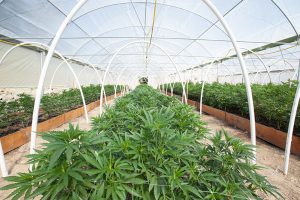Cold weather can wreak havoc on your video security system, but making sure that your cameras can survive the winter is sometimes an afterthought that occurs only when below-freezing temperatures have hampered their performance. Here is a handy checklist to keep your security solution up and running during the coldest months of the year.
Select a High IP Rating
Cameras in cold climates need a weather-rated enclosure of at least IP66 to withstand harsh weather like snow and sleet. In addition, these enclosures should be checked regularly to make sure the seals are still tight. Humidity can cause condensation to accumulate inside the camera and turn to frost. Because of this, you should also take caution when moving a device from extreme cold to a fairly warm environment. If condensation is bad enough, it could short circuit internal components.
Look for Temperature-Tolerant Cameras
Sometimes, double-checking the temperature rating when specifying a camera is all it takes to keep a video security system up and running in cold environments. There are two main specs to understand: storage temperature and operating temperature.
Storage temperature is the temperature at which the equipment can be safely stored when it is powered off. Operating temperature is the air temperature of the environment when the equipment is powered on. If a camera has been stored below the recommended operating temperature, you should let it warm up in a warm environment, with the power off, until it reaches the operating temp.
To be sure you are specifying the right temperature-rated camera, our datasheets list a minimum and maximum operating temperature, as well as a storage temperature range. Extensive tests are performed to ensure our devices meet these climate conditions.
Remember Other Components
Cameras are not your only concern! Low temperatures can affect other electronics. Wind and snow can quickly degrade improperly specified cable and unprotected connectors outdoors.
Video security components like NVRs with hard drives and LCD monitors will usually be in temperature-controlled environments so there’s little worry. However, there’s risk if those devices have been stored overnight in a vehicle outdoors in below-freezing weather and then immediately installed and powered on. Hard drives can fail or sustain damage because their lubricants thicken. LCD screens contain liquid, which can freeze and damage pixels.
Check security components in exterior locations before the seasonal temperature drops.
Rely on ArticPro
Our ArcticPro series of cameras combines temperature-tolerant components with a waterproof enclosure to ensure flawless operation in temperatures as low as -40°F (-40°C).
Many of the ArticPro cameras can operate in low temperatures without the use of the heater, reducing power consumption and operating costs.
For applications that demand high-resolution video with advanced analytics or superior night-time images, select ArcticPro cameras offer a combination of Night Color Technology and Analytics+ functionality. Other models are available with Enhanced Power Over Ethernet (ePoE) long-distance transmission, or multiple sensors for 180°or 360° views.

